One of the nice things about planning for shared reading is that you often need only one text for the entire week!
But since you’re only using one text (or maybe two), this means that the texts you choose need to be AWESOME!
In today’s blog post, I’ll share tips for choosing great texts for shared reading, as well as suggest different types of texts that you can use!
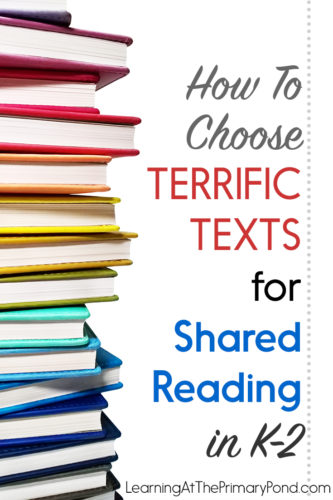 Photo credits: Photo Kozyr, Shutterstock
Photo credits: Photo Kozyr, Shutterstock
What to Look For
When choosing a text for shared reading, here are things I ask myself and consider:
What is the level of the text?
For shared reading, I try to choose books that are one or two guided reading levels above what most of my students are reading.
Of course, not all of my students are at the same reading level. This means that, for any given text, the level might be below what a student is reading, the same as the student’s level, slightly above the student’s level, or way above the student’s level. This is basically unavoidable, unless you have a very homogeneous class!
Many times, I choose the text level based upon the needs of the “average” student. Sometimes I choose harder or easier texts to try to meet the needs of “outliers.” But whatever text level I choose, I can still make the experience valuable for all of my students by tailoring my teaching to meet varied needs!
(One exception to this “reading level rule” is Kindergarten and first grade at the beginning of the year. For the first 4-6 weeks, we read repetitive texts, fairy tales, songs, and rhymes—these are higher than my students’ actual reading levels, since most students can’t read yet. But they learn these texts and can pretend-read them on their own. Then, in subsequent units, I adjust the reading level so it’s closer to my students’ actual reading level.)
What teaching opportunities does the text present?
You’ll want to find a text that can be used to address your teaching goals, rather than find a text first and try to make it work! Once you’re clear on your goals, you can take a look at the text and ask yourself:
- Does this text have the word patterns that we are studying in phonics? (i.e. does it have a number of CVCe words, or words with prefixes/suffixes, or contractions?)
- Does this text have sight words that students are learning?
- Does this text have alliteration or rhyme that could be used to teach phonological awareness skills?
- Does this text have dialogue, varied punctuation, or character emotions that would be helpful in modeling targeted fluency skills?
- Does this text have vocabulary words that a) my students need to learn, or b) I can use to model strategies like using context or a glossary?
- Does this text fit with the comprehension strategy or strategies I want to teach? If you’re teaching prediction-making, you’ll want a fiction text that has a series of events. If you’re teaching asking questions, you’ll want a nonfiction text with a highly-engaging topic that students may not be very familiar with, etc.
- Does this text have images that will enhance students’ understanding and can be used to teach targeted skills like inferring, or using text features?
How is the print laid out? Will students be able to easily track the print and read along?
If you teach Kindergarten or early first grade, it’s especially important to make sure that the print looks “uncluttered” and is easy to read. There should be ample space between letters and words. There should be only a few sentences on the page.
And of course, at any level, the print must be large enough and clear enough so that students can easily follow along (and you may be able to adjust this using your document camera).
Does this text lend itself to being read repeatedly?
If we’re going to revisit a text multiple times, it needs to be engaging for students! Younger students love rhyming or repetitive texts. Colorful illustrations and humor make texts more enjoyable.
Nonfiction books should be about high-interest topics—related to your science and social studies curriculum, when possible. It’s helpful if there are different text features for students to explore over various days too.
If you’re a brand-new teacher, figuring out if a text lends itself to being read repeatedly takes some time (and experimentation with kiddos!). But even if you’re an experienced teacher, you may find that some texts are a hit with some groups of kids, yet they flop with the next year’s group! In either case, the nice thing is this—you can always change texts mid-week.
Ideas for Different Types of Texts
Shared reading isn’t just about reading big books! Although I do love big books, here are other things that you can use for your shared reading lessons:
- A “regular-sized” book – just display it under the document camera so students can see the words clearly.
- A poem – display it under the document camera or copy it onto chart paper
- A nursery rhyme or song – again, use the document camera or copy it onto chart paper
- A nonfiction article (like from ReadWorks.org!)
- A text composed by the class (I lost a bunch of photos and couldn’t find an example for you, sorry! But you can write a story as a class about a shared experience, like a field trip. Or you can write a sentence about each child: Natalie likes zebras, Andy likes lions, etc.)
- A Reader’s Theatre script (display it under the document camera and then let the kids act out the script once you’ve read it several times as a class)
Balance is Key!
Whenever possible, I plan out my shared reading texts for several weeks or months at a time.
And I don’t just do this because I like to work ahead! Planning out texts ahead of time helps me achieve balance.
I strive for balance in:
- Genre (fiction, nonfiction, and poetry)
- Text level
- Topics (to appeal to different students’ interests and preferences)
- Characters and worldview (I want some characters to be similar to my students ethnically and culturally, and some characters to be different from my students—so they can both identify with and learn about different types of people and cultures.)
A good mix of texts is essential!
Want more shared reading tips and freebies?
I’ve planned a few months’ worth of blog posts, videos, freebies, and eventually some free online workshops that are all about shared reading and reading workshop!
Want to make sure you don’t miss a thing? Sign up below for free. I will periodically email you resources so that you don’t miss out!
Happy teaching!
References
Burkins, J., & Yaris, K. (2016). Who’s Doing the Work? How To Say Less So Readers Can Do More. Portland, ME: Stenhouse.
Fountas, I., & Pinnell, G. S. (2016). The Fountas and Pinnell Literacy Continuum: Expanded Edition. Portsmouth, NH: Heinemann.
Parkes, B. (2000). Read it again!: Revisiting shared reading. Portland, ME: Stenhouse.

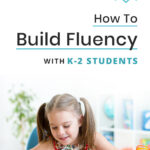
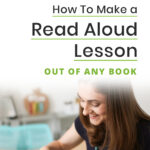
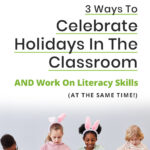
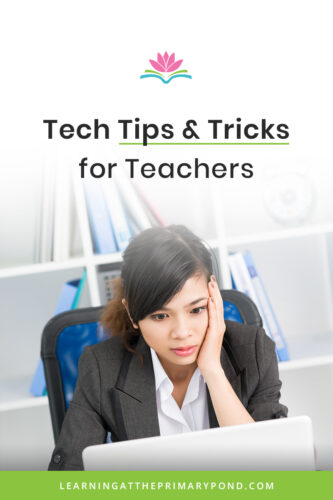








Hi, do have any strategies for special needs children who are non verbal and have a Aug Comm device?
Hi Lucia! I don’t have much experience working with that challenge – sorry about that!
Alison
Thank you again, looking forward to implementing better shared, guided and independent reading strategies.
Will you be coming out with a first grade shared reading curriculum anytime soon? I’ve seen your second grade one, and would love to have one to use (along with all your other products!) in first grade.
Thanks so much!
Hi Jenny! I sure am! The first unit will be ready this Friday, July 20. 🙂 My TpT store is here: https://www.teacherspayteachers.com/Store/Learning-At-The-Primary-Pond-Alison
Alison
I was wondering how you would use a long reader’s theater script…like 16 pages plus…as a shared reading lesson? Thank you!
Hi Jessica! I’ve never used one quite that long for shared reading. With a shorter text, we can get thru it in about 2 days and then have the kids actually take parts and practice. Are you required to use one that long?
Alison